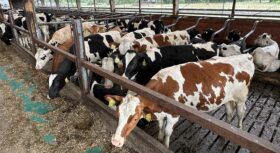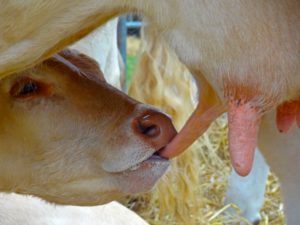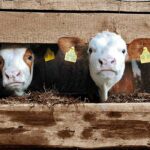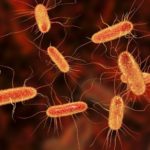by Judith Schmidt, ProductManager On Farm Solutions, EW Nutrition
Although diarrhea is called a factor disease, strictly speaking, it is not a disease but a symptom. Diarrhea can be a protective function of the body. With the higher fluid volume in the intestine and its increased peristalsis, pathogens and toxins are excreted.
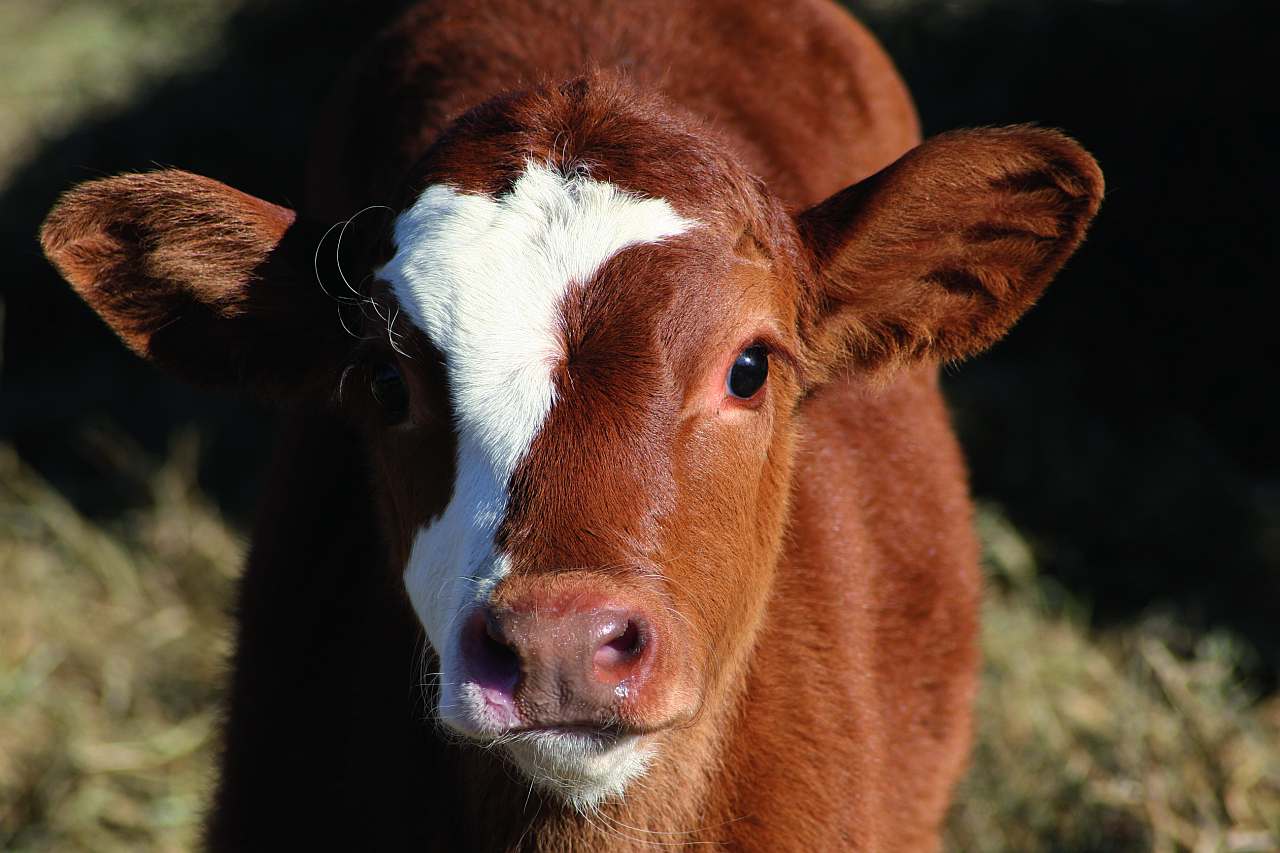
Common causes of diarrhea
Despite various electrolyte drinks available from the veterinarian or in stores, too many calves still die as a consequence of diarrhea. The economic damage for the farms is immense.
The causes of the occurrence of diarrhea are diverse. Infectious causes such as viruses, parasites, bacteria, fungi, and non-infectious causes such as insufficient colostrum supply, feeding, and housing have a significant influence.
The diet of the newborn calf has a significant influence on scours. The following factors are decisive:
- The immune status of the calves
- Inadequate/incorrect preparation of the liquids
- Inadequate drinking hygiene
The development of diarrhea
In the first three weeks of life, diarrheal diseases are the most common and economically impactful diseases in newborn calves. In the first weeks of life, 75 to 85 % of calf diseases are related to diarrhea. The reason for this is that calves are born without immune protection. Their immunity is primarily built up in the first twelve hours by the supply of colostrum. After that, the intestinal barrier is barely passable for the antibodies.
The four most important pathogens are Rotavirus and Coronavirus, Cryptosporidium, and E.coli. These pathogens damage the intestinal lining, leading to water and minerals not being absorbed from the intestine into the blood. The minerals, instead of being assimilated, are lost and eliminated through feces.
Bacteria such as E.coli attach to the intestinal wall and produce toxins. Viruses, on the other hand, penetrate the intestinal wall in order to multiply. Both of them result in damages to the intestinal wall, which can allow fluids to leak out. The result is diarrhea.
Symptoms of diarrhea
The most important symptoms are:
- Sunken eyes as an expression of dehydration
- Reduced intake of fluids
- Lying down
- Low temperature
- Cold body surface
- Apathy or even coma
Types of diarrhea
There are different types of diarrhea, mainly the secretory and the malabsorptive form. Because of frequent mixed infections, the two forms of scours are often mixed.
Secretory diarrhea
The binding of toxins to the enterocytes’ cell surface receptors activates enzyme systems that lead to increased fluid secretion in the intestine. The intestinal lining can no longer absorb this increased fluid influx. The trigger for this can be, for example, an E.coli infection.
Malabsorptive diarrhea
The erythrocytes are destroyed and the villi are reduced in size. There is a loss of the microvilli. The result is a lower enzyme activity and resorption capacity. By this reduction in villi length, less fluid can be absorbed and has to be excreted through the intestine.
Importance of the colostrum supply
Low colostrum intake or a low quality of colostrum at birth results in the failure of passive transfer (FPT) due to the inadequate ingestion of colostral immunoglobulins. FPT is associated with an increased risk of mortality and decreased health status.
Adequate transfer of maternal immunoglobulins is associated with short- and long-term health advantages. These advantages are created by reducing pre- and post-weaning mortality due to infectious diseases, as well as by increasing daily weight gain, feed efficiency, fertility, and milk production in first and second lactation.
Colostrum is the elixir of life for newborn calves. As already mentioned, calves are born without their own active immune protection. Their immune system develops slowly. In order to obtain a first passive immunization, early administration of high-quality colostrum (≥ 50 mg IgG/ml) is of the highest importance.
The colostrum should be administered to calves as early as possible, but latest 4 to 6 hours after birth. The reason for early administration of colostrum is that the amount of immunoglobulins decreases with the passage of time after birth and with an increased milking number.
By the twelfth week, the calf has fully developed its own stable immune system and is therefore able to produce its own antibodies.
Economic consequences of diarrhea
The consequences of diarrhea and the associated costs should not be underestimated. Even a mild form of diarrhea costs the farmer money:
| Course of diarrhea | ||||
| Heavy diarrhea | Light diarrhea | |||
| In € | In % | In € | In % | |
| Costs for Vet
Costs for drugs, electrolytes |
75 €
72 € |
56 | 45 €
30 € |
69 |
| Additional rearing days
Additional rearing costs |
9 days
30,60 € |
12 | 4 days
13,60 € |
13 |
| Mortality rate
Costs for mortality |
13 %
48 € |
18 | 2 %
7,40 € |
7 |
| Additional labor farmer
Additional costs for labour |
2,5 h
37,50 € |
14 | 0,8 h
12 € |
11 |
| Overall costs | 263,10 € | 108,00 € | ||
How to avoid diarrhea in calves
It is primarily essential that the calf is protected from fluid losses and that active diarrhea is avoided. Measures can be taken in advance to prevent the newborn calves from diarrhea:
- Cleaning the calving pen after each calving
- Bringing the calves into cleaned and disinfected boxes
- Regularly checking the quality of colostrum
But the most important basic requirement for a healthy start into life is to give 2 to 4 liters of colostrum within the first six hours of life. In addition to the timing, the quality of the colostrum is crucial. To that end, EW Nutrition developed a colostrum enhancer that improves colostrum management.
IgY can bind foreign substances like bacteria or viruses in the gut, which improves gut health and increases weight gain. The natural egg immunoglobulins act like maternal colostrum and bind to the pathogen epitopes. After that, the blocked pathogens cannot bind to the intestinal wall, preventing damage to the intestinal wall. Field studies prove the product’s efficacy, showing an 18 % higher daily weight gain and a 13 % higher weaning weight compared to the control group. Additionally, the IgG contained in Globigen Colostrum help you avoid a failure of passive transfer (FPT).
The application of Globigen Colostrum is very user-friendly and simple, as it can be mixed directly into the colostrum of the mother cow.
Higher profit through improved calf performance
The benefits of Globigen Colostrum are:
- Improved calf performance
- Lower incidence of diarrhea
- Improved weight gain
- Higher profit
The timely and adequate supply of colostrum is the most important factor in preventing infection-related calf diseases. Therefore, it is necessary to ensure that calves receive sufficient antibodies from the cow’s colostrum in the first days after birth.
References available upon request








